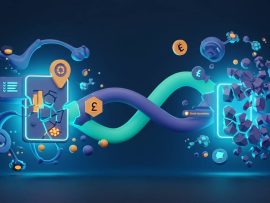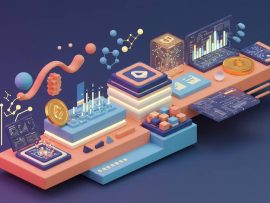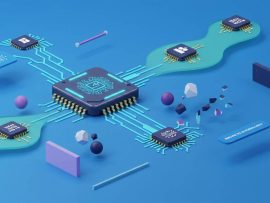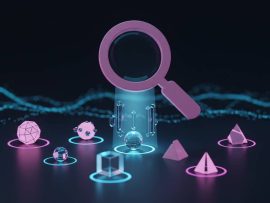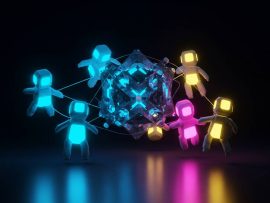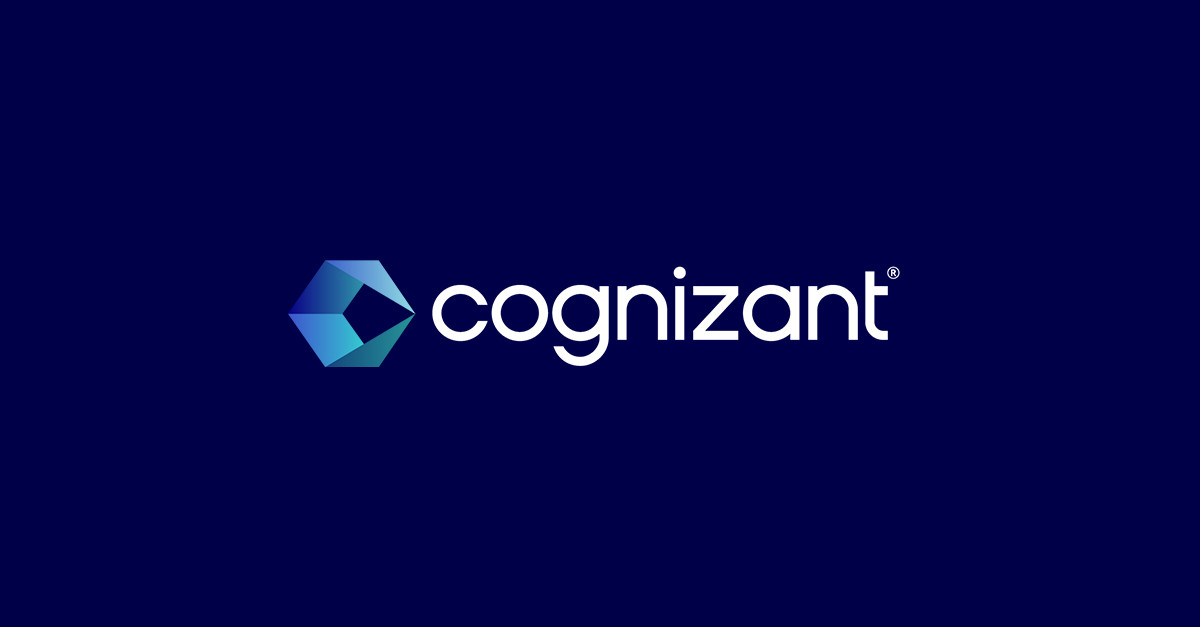
What if artificial intelligence could truly understand and interact with humans in a meaningful way? This is the essence of human-centered AI. It goes beyond traditional AI models by incorporating human input and collaboration, aiming to bridge the gap between machines and human beings. In this article, we will explore the concept of human-centered AI, its benefits for businesses, and how it is revolutionizing the field of artificial intelligence.
Contents
Understanding Human-Centered AI
Human-centered AI is defined by its ability to learn from human input and collaboration within a larger human-based system. Its goal is to build machine intelligence that can comprehend human language, emotion, and behavior. By doing so, human-centered AI can create more effective experiences between humans and robots, pushing the boundaries of artificial intelligence.
From a business perspective, human-centered AI harnesses the power of human science and qualitatively rich data to understand the deeper needs, aspirations, and drivers behind customer behaviors. By combining advanced contextual analytics with human science, businesses can gain specific behavioral insights. This allows companies to develop clear, informed strategies and deliver personalized customer experiences, ultimately improving their overall performance in the market.
The Business Benefits of Human-Centered AI
Human-centered AI offers a range of benefits for businesses. Let’s explore some of the key advantages it brings:
Informed Decision-Making
The aim of human-centered AI is not to replace humans entirely, but to enhance their capabilities through intelligent technology. By combining the precision of machine learning with human input and values, human-centered AI empowers businesses to make more informed decisions and develop clearer strategies and solutions. This enables companies to navigate challenges more effectively and stay ahead of the competition.
Reliability and Scalability
Human-centered AI leverages human thinking to scale ideas and address larger data needs. While AI technology can provide computational power, it still relies on human input for understanding complex emotions and cognitive nuances. By taking a human-centric approach, businesses can expand their processes and handle more extensive information without compromising data integrity or increasing spending on human resources.
More Successful Software and Product-Building
By applying the principles of behavioral science to technology, human-centered AI enables developers and product designers to tap into user behavior and subconscious patterns. This provides valuable insights for constructing products and services that offer satisfying, enriching, and rewarding user experiences. From social media platforms like Instagram to addictive gaming experiences, human-centered AI helps create software and products that truly resonate with users.
To learn more about human-centered AI and its applications, visit Virtual Tech Vision.
FAQs
Q: What is human-centered AI?
A: Human-centered AI refers to the integration of human input and collaboration within the field of artificial intelligence. It aims to create intelligent machines that can understand human language, emotion, and behavior, improving the interaction between humans and robots.
Q: What are the benefits of human-centered AI for businesses?
A: Human-centered AI offers businesses several advantages, including informed decision-making, reliability and scalability, and the ability to create more successful software and products. By combining human input with machine intelligence, businesses can make better decisions, handle more extensive data, and design products that truly meet user needs.
Conclusion
Human-centered AI represents a transformative approach to artificial intelligence. By incorporating human input and collaboration, it enables machines to better understand and interact with us, leading to improved customer experiences and enhanced business outcomes. As technology continues to evolve, human-centered AI promises to shape a future where humans and machines work together harmoniously.

